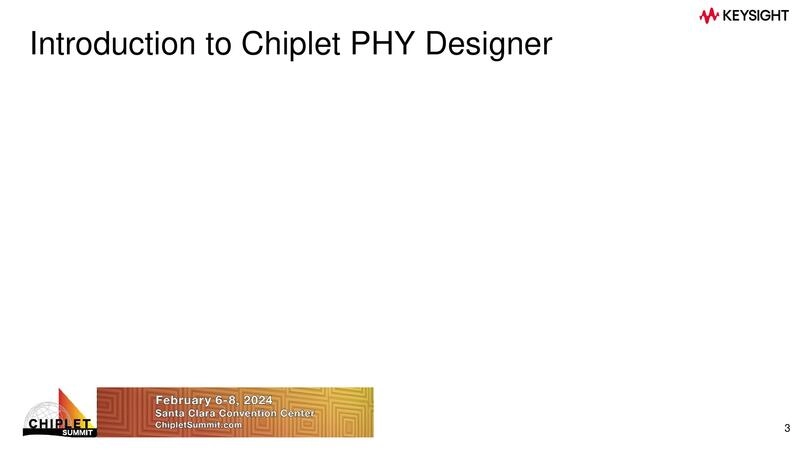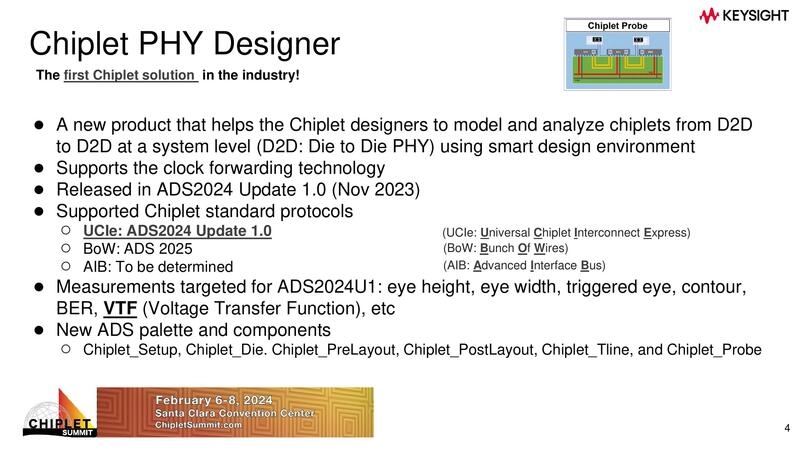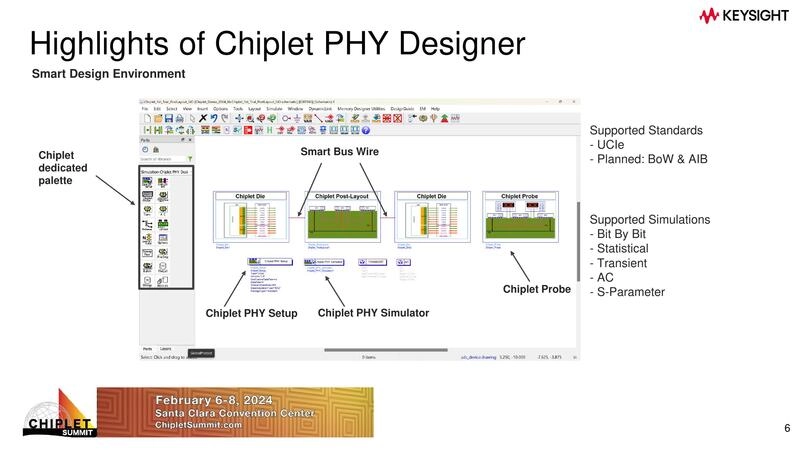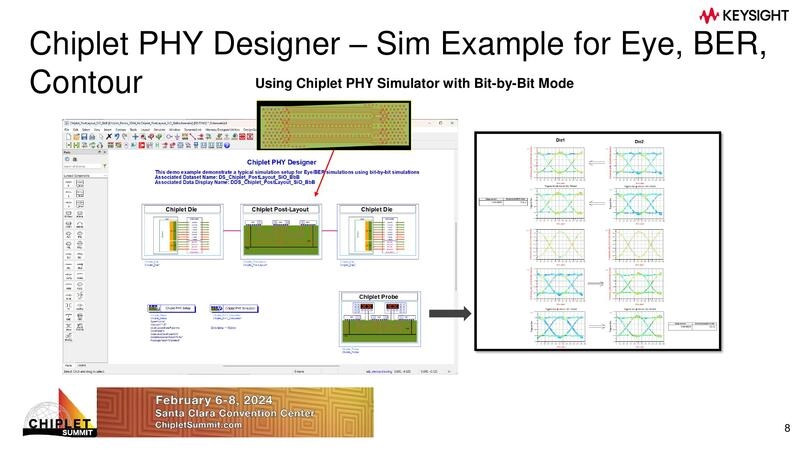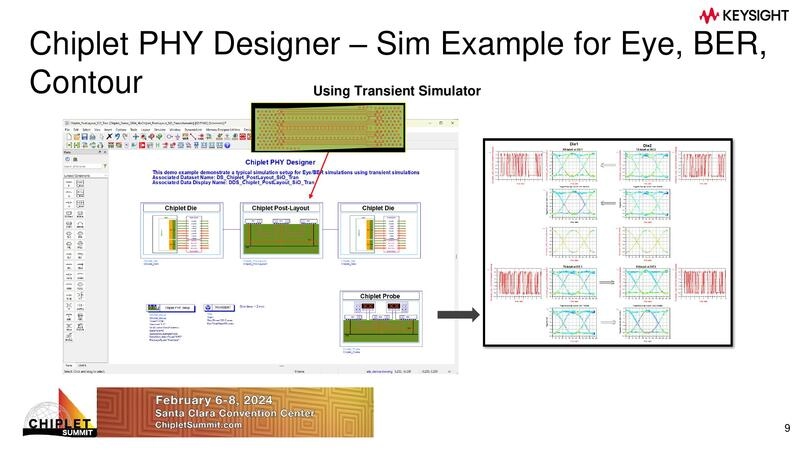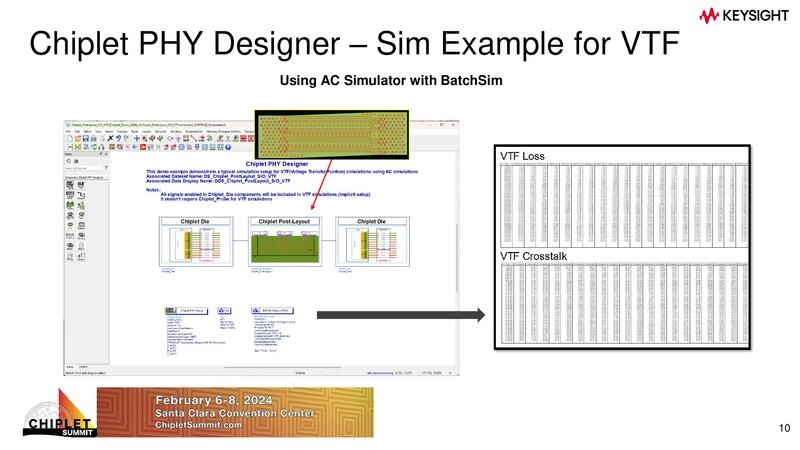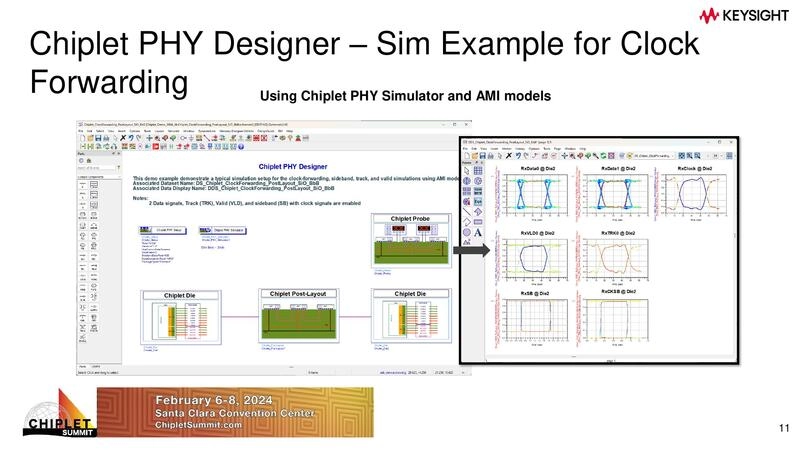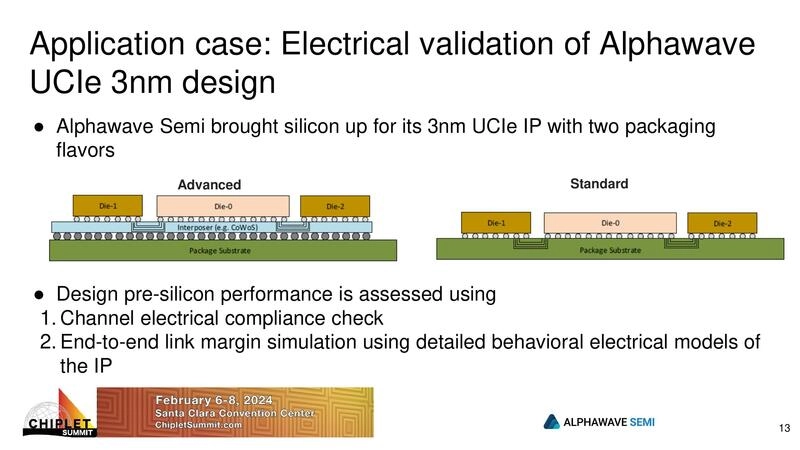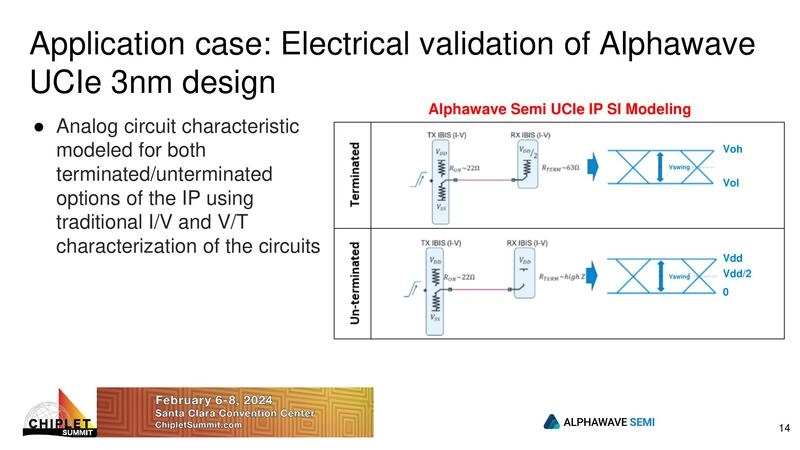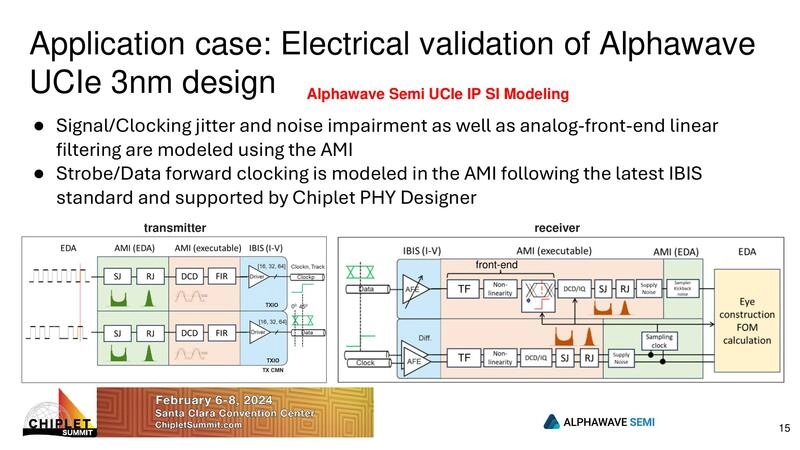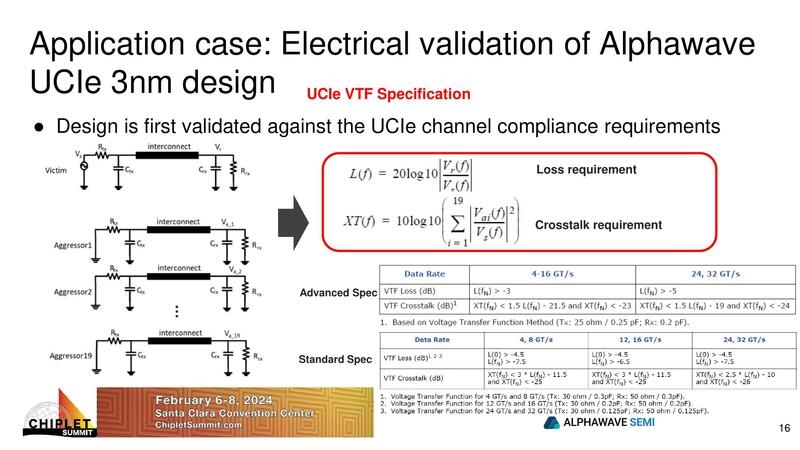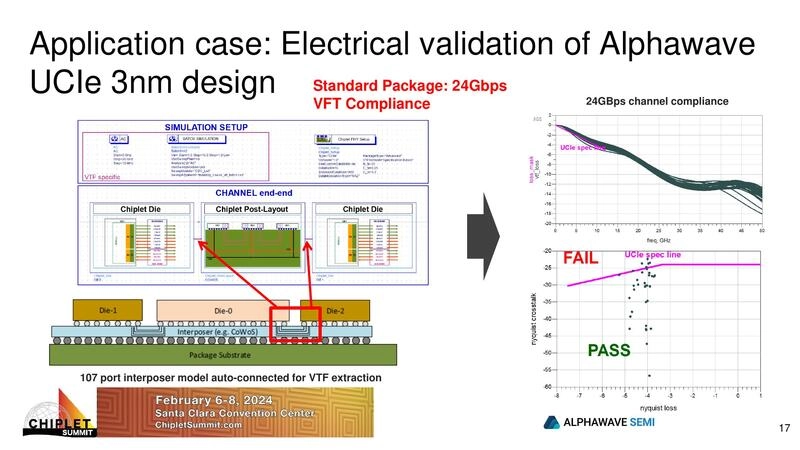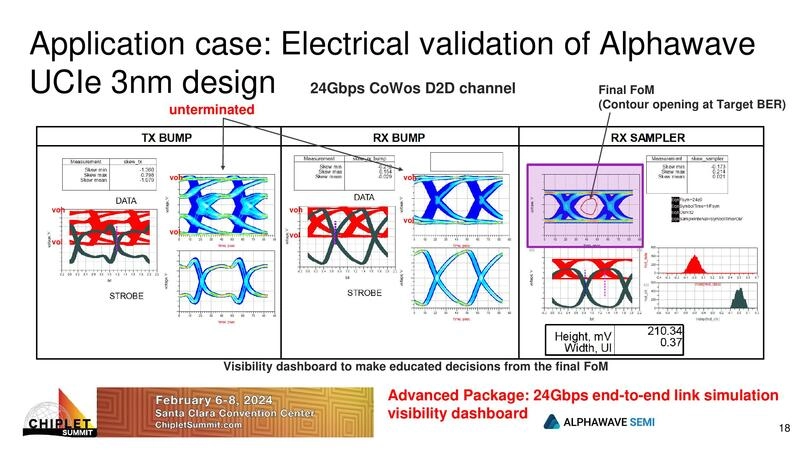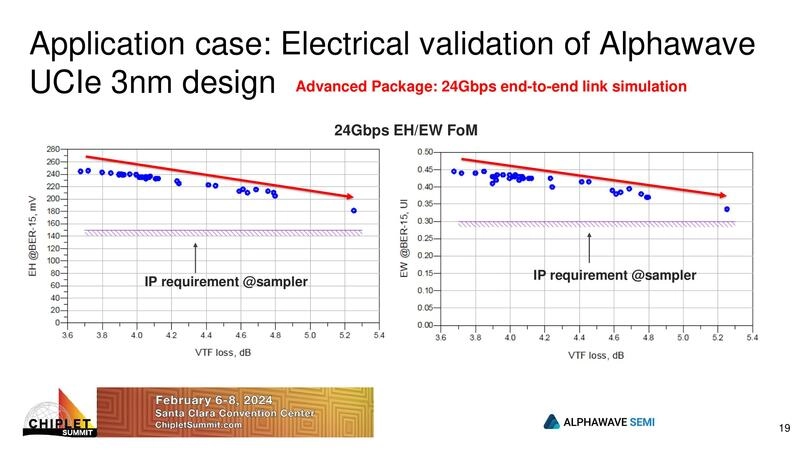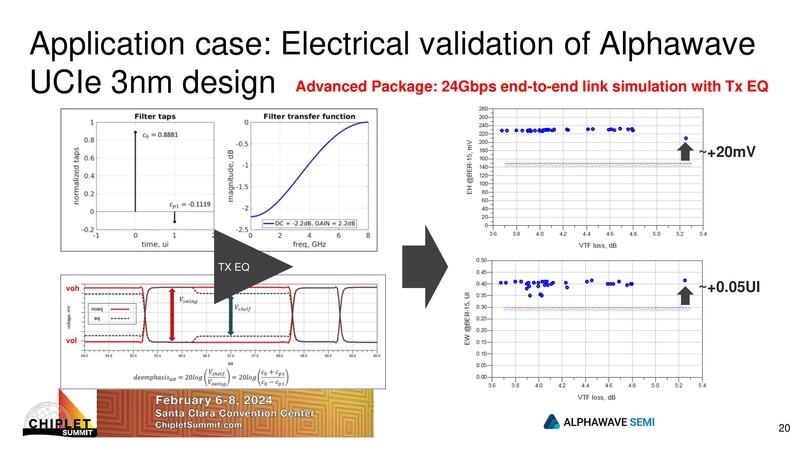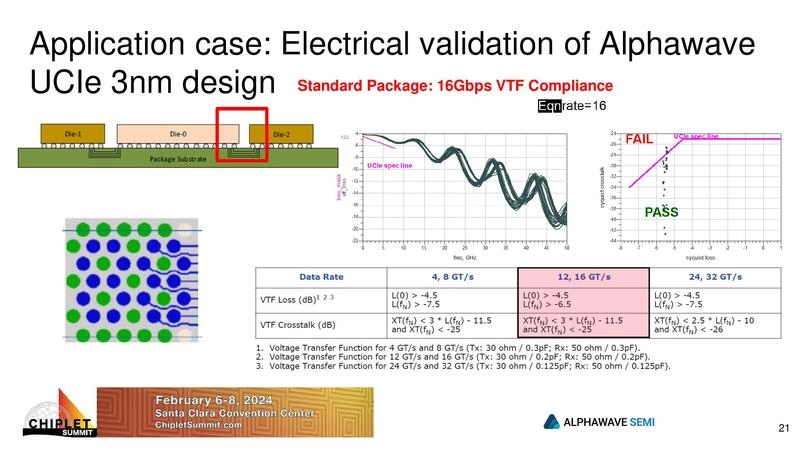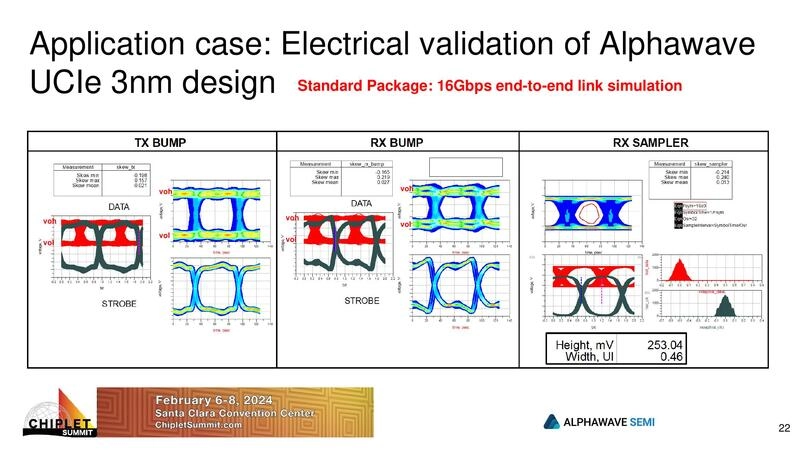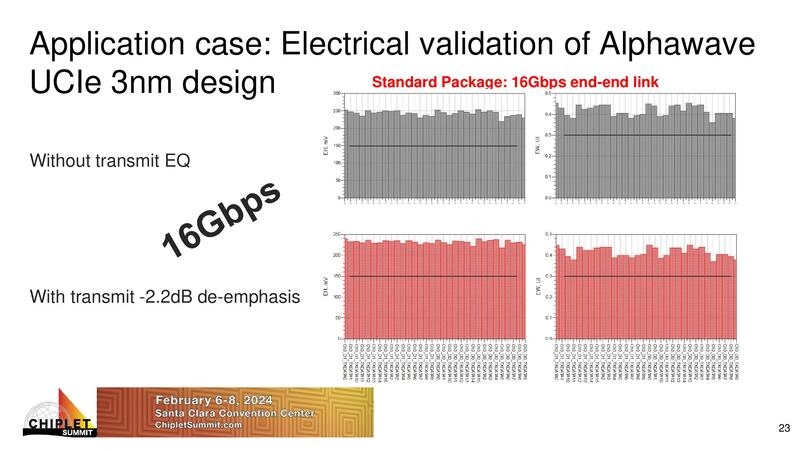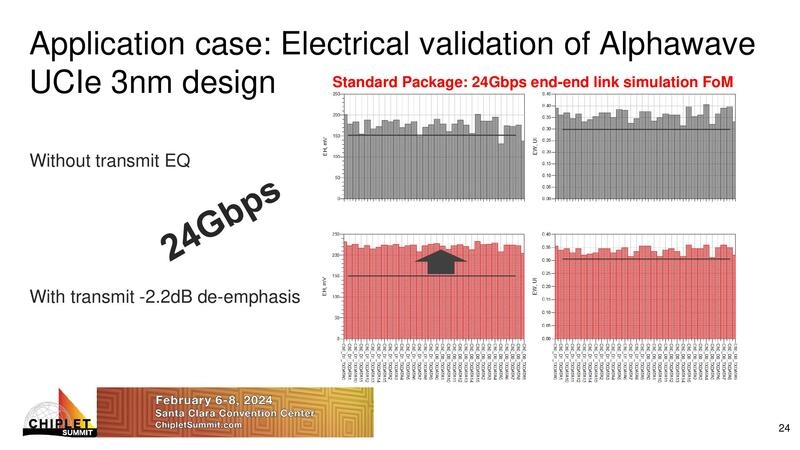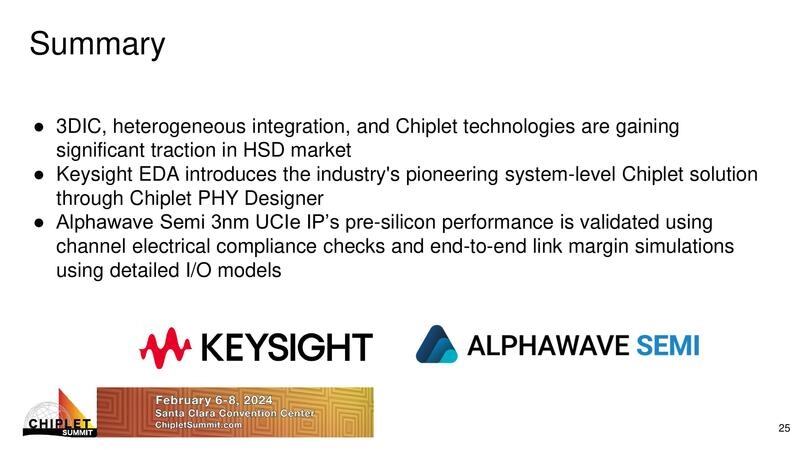Using a Simulation Model to Optimize UCIe Implementations
By Hee-Soo Lee, High-Speed Design Lead, Keysight Technologies; Adrian Auge, Sr Staff Signal Integrity Engineer, Alphawave Semi; Fangyi Rao, Master R&D Engineer, Keysight Technologies
UCIe has become a popular standard for interconnecting dies within a package. A simulation model is essential for optimizing implementations. For example, a new tool, Chiplet PHY Designer, generates an electrical simulation model for die-to-die (D2D) PHY IP. A demonstration project takes the foundational aspects of the UCI electrical interface and uses them to generate a model based on the tool. It thus provides a practical example of how the electrical performance of a D2D link can be captured through simulation. The simulation allows designers to optimize UCIe implementations and take full advantage of the technology.


